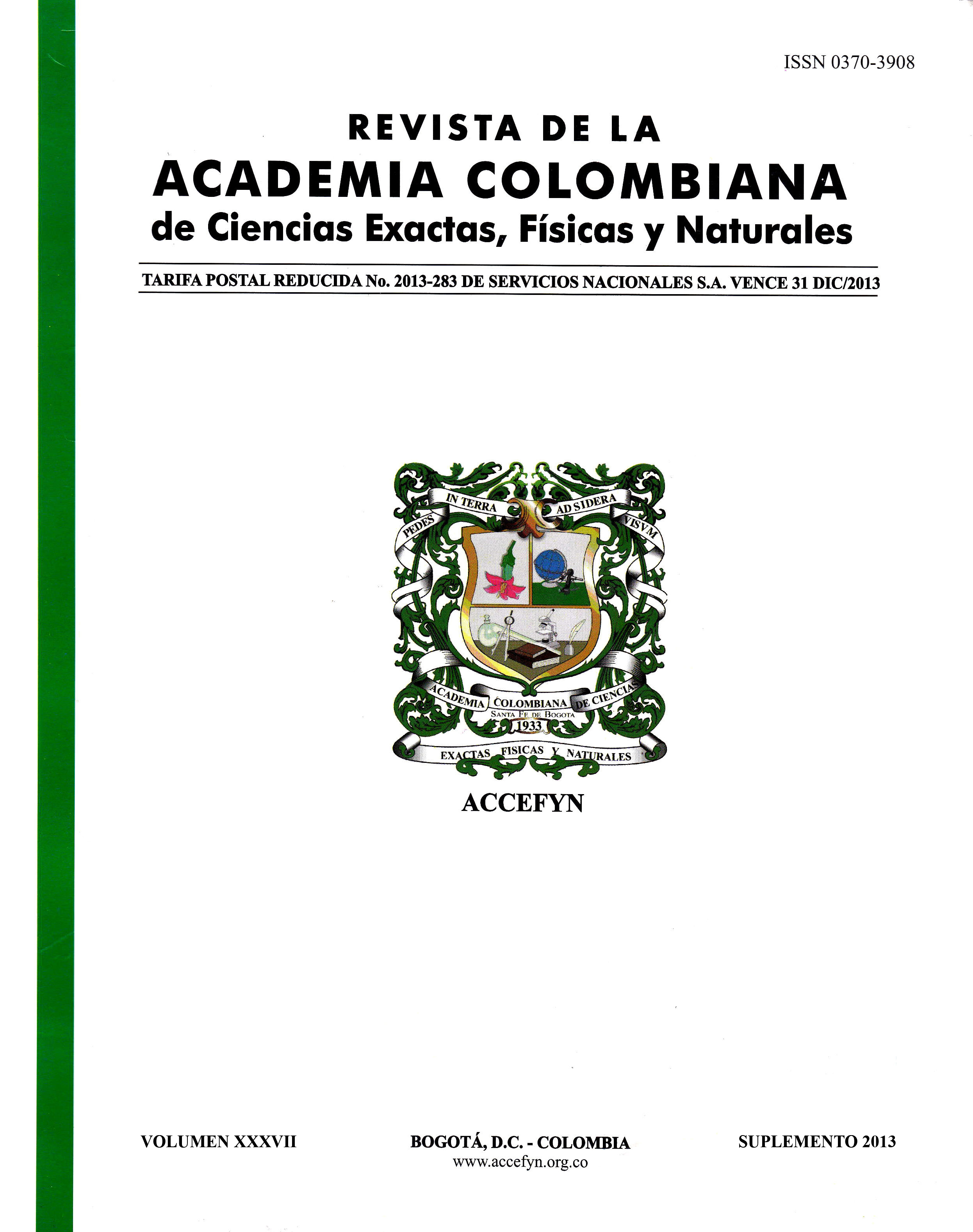Resumen
Se propone un procedimiento para determinar las propiedades ópticas de películas poliméricas comerciales utilizadas como elementos de control solar en pieles de la edificación. La variación espectral (190-1100 nm) del índice de refracción y el coeficiente de extinción de las muestras se obtuvieron a través de la simulación de los espectros de transmitancia de las muestras. Se analizaron películas de cloruro de polivinilo (PVC) y poli tereftalato de etileno (PET). Los valores del índice de refracción están entre 1,1 y 2,5 para λ=500 nm y los valores del coeficiente de extinción de 104 cm-1 se encontraron en la región ultravioleta (UV). Todos estos resultados muestran un buen ajuste con los datos que figuran en la literatura para películas delgadas similares. Es así que se presenta un nuevo concepto de iluminación y control de temperatura de los edificios mediante el uso de películas delgadas de polímeros como material de protección solar transparente.
Referencias
Roos, A., Polato, P., van Nijnatten, P., Hutchins, M. G., Olive, F., & Anderson, C. (2000). Angular dependent optical properties of low-e and solar control windows - simulations versus measurements. Solar Energy, 69(suppl.), 15-26.
Menendez, J. P., Erismann, F., & Gauvin, M. A. (1999). The advantages of plastic optical components. Optics and Photonics News, 10(8), 28-30.
Tolley, P. (2003, October). Polymer optics gain respect. Photonics Spectra, pp. 76-79.
Heavens, O. S. (2011). Optical Properties of Thin Solid Films. New York: Dover Publications. 2011
Wemple, S. H., & DiDomenico, M. (1971). Physical Review B, 3, 1338-1351. 1971
Schubert, E. F. (2004). Refractive index and extinction coefficient of materials, p. 72, 2004.

Esta obra está bajo una licencia internacional Creative Commons Atribución-NoComercial-SinDerivadas 4.0.
Derechos de autor 2024 https://creativecommons.org/licenses/by-nc-nd/4.0

